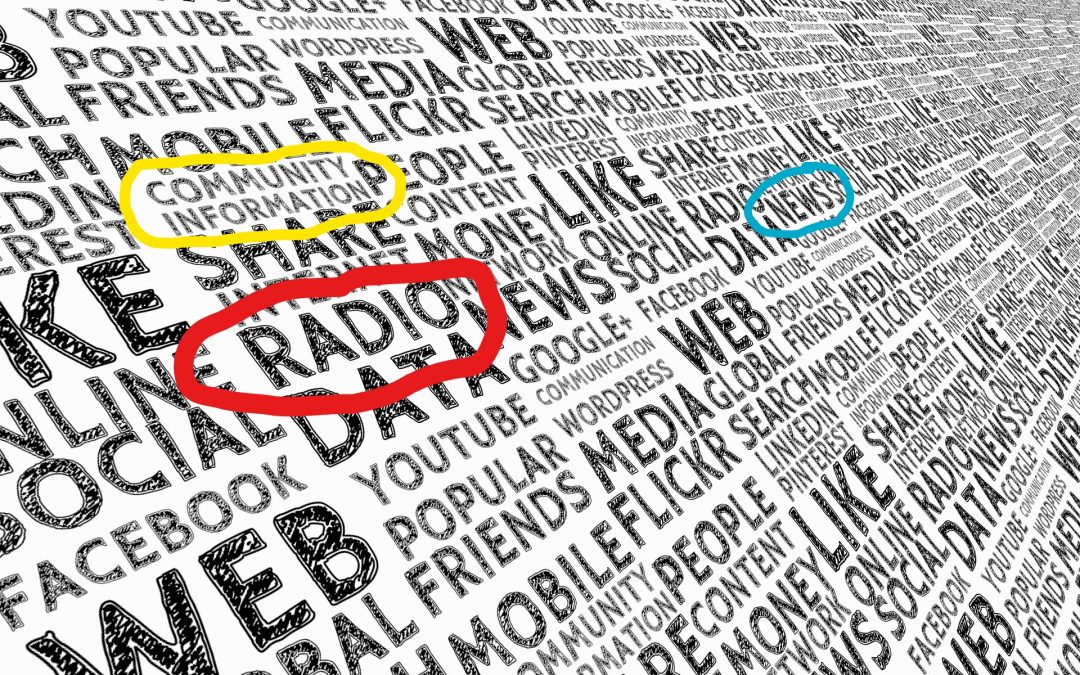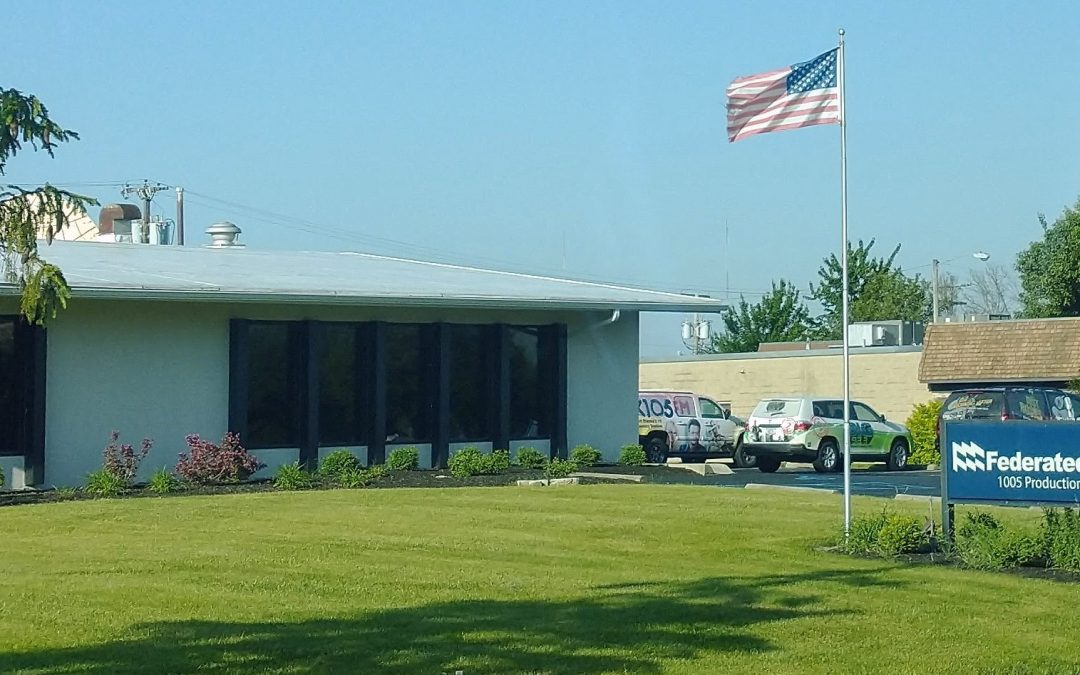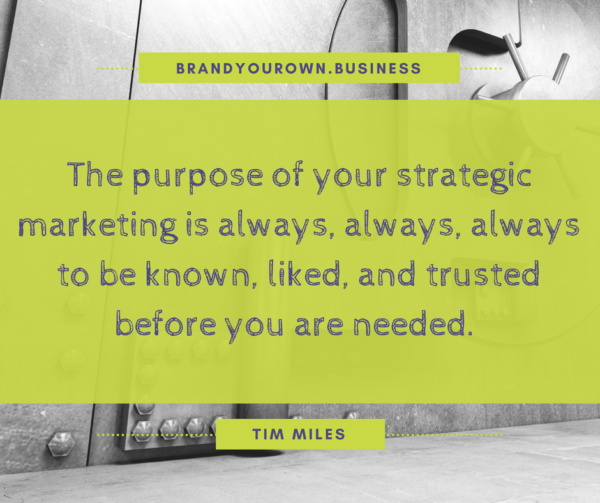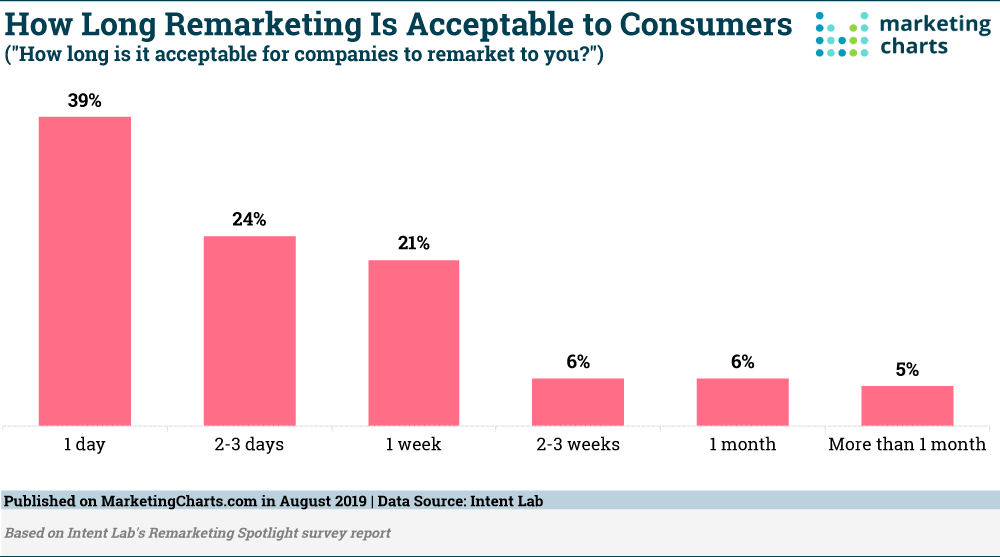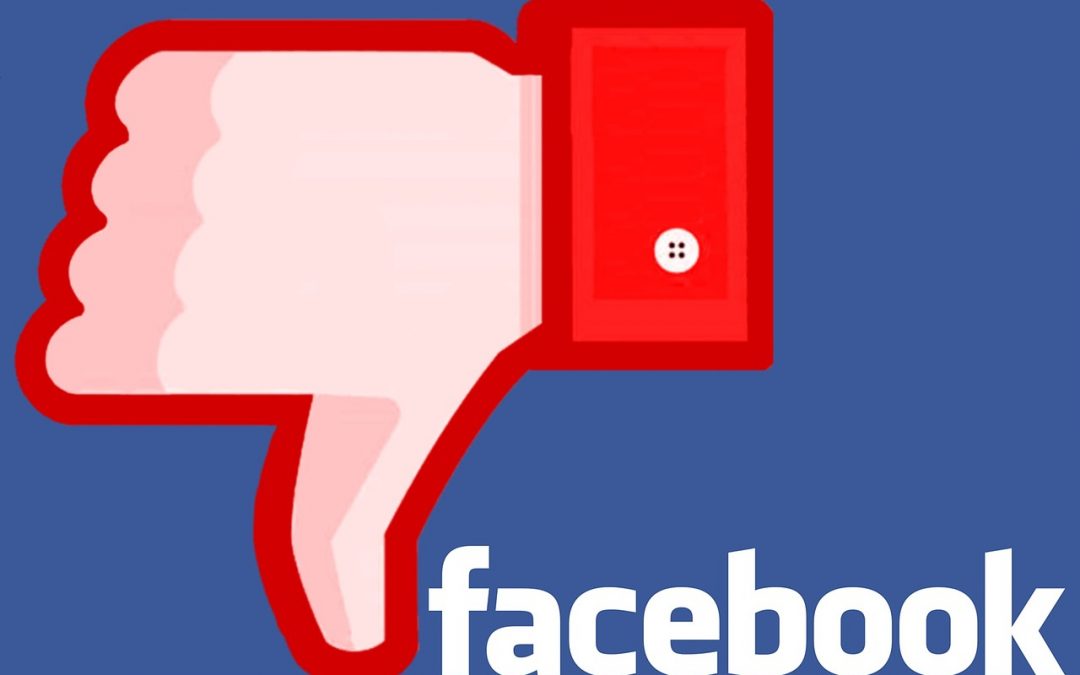
Is It Time To Fall Out Of Love With Digital Ads?
It’s not all it’s cracked up to be.
The whole magical world of digital advertising online.
For the past decade plus, I’ve seen study after study after study that talked about the shift in advertising from traditional ads to digital ads.
As a point of reference, traditional ads refer to radio and television broadcast ads, newspaper and any form of print including direct mail and phone books, also outdoor ads like roadside billboards and even in-store signage, etc. Digital ads are delivered digitally via the internet someway on webpages, apps, search engine marketing, you can even throw in search engine optimization.
Most of the predictions of double digit percentage increases in digital ad expenditures year over year have come true, just like the decrease in money spent on traditional ads have come true too.
But, has this shift in where companies advertise paid off?
According to a recent article in Forbes, the answer is either no, or not anymore, or no one knows.
There’s a lot of no’s in that last sentence. And that should concern you.
When Big Brands Stopped Spending On Digital Ads, Nothing Happened. Why?
That’s the tile and here are some of the details from Forbes:
Proctor and Gamble was spending $200 million on digital advertising and turned it off. Result = no change in business outcome.
Chase Bank was serving their ads on 400,000 sites and cut it 99% to just 5,000 and saw no negative impact.
Uber was spending $120 million and stopped and saw no change too.
The Forbes article lists other examples big and small of businesses that either stopped their paid digital ads completely or shrunk the budget significantly and actually improved their business. They mention Facebook ads and Google Adwords along with other digital marketing activity and I believe I know the reason for this.
There’s a phrase called the “Zero Moment of Truth”. It’s the time when a consumer decides to make the purchase. The digital world likes to say they deliver buyers at that Zero Moment. Maybe or maybe not.
What if you need to buy a new hot water heater? That’s a purchase most people don’t plan for but when you wake up and need one, you don’t wait for days or weeks to decide to buy. You are suddenly at the Zero Moment of Truth when you are in the ice cold shower.
Your brain is going to immediately start by telling you the names of companies that you already know that could be your problem solver. Then your heart will kick in and screen out the companies you know but don’t trust.
How does your heart and brain know these things? Ideally it’s because you have been exposed to advertising and marketing way before your hot water heater died. And this is where certain forms of traditional media shine.
I call it intrusive media. Over 90% of the American population still listen to the radio every week. For my wife and I, we listen to the radio every time we are in the car which is at least 5 to 7 days a week. The radio stations we listen to have ads. Our brains hear those ads thru our ears and that reputation of hearing about a local business builds trust so our hearts are also impacted.
My parents never picked up the phone book as part of their casual reading routine, it was the Zero Moment of Truth when they grabbed the phone book if they didn’t know who to call, they’d flip open the Yellow Pages to search by business classification and see the ads for water heaters. Or if they already knew who they wanted to call, they would open the White Pages which was the alphabetical listing of people and businesses and get the number that way.
The digital revolution has replaced the phone book in multiple ways, hasn’t it…
So why are the digital ads that I mentioned at the beginning of this article not needed anymore? It’s because the impact has diminished. The brands that are using digital to get the sale at the Zero Moment of Truth already have Top of Mind Awareness and consumers would buy from them anyway.
That Top of Mind Awareness came from traditional media over the years, and has continued as those brands keep showing up on TV and radio.
I’ve got one more quote from the Forbes piece:
Digital marketing works; but the vast majority of impressions and clicks are from bot activity currently.
I’ve worked in the digital world and I’ve done some deep dives into the Google Analytics and unfortunately, it’s true. I can make you a promise that when you are listening to my radio station, WOWO in Fort Wayne, Indiana and we share with you the number of weekly listeners, those are real live people, like you and me, not bots.
Contact me for more info. Scott@WOWO.com.

